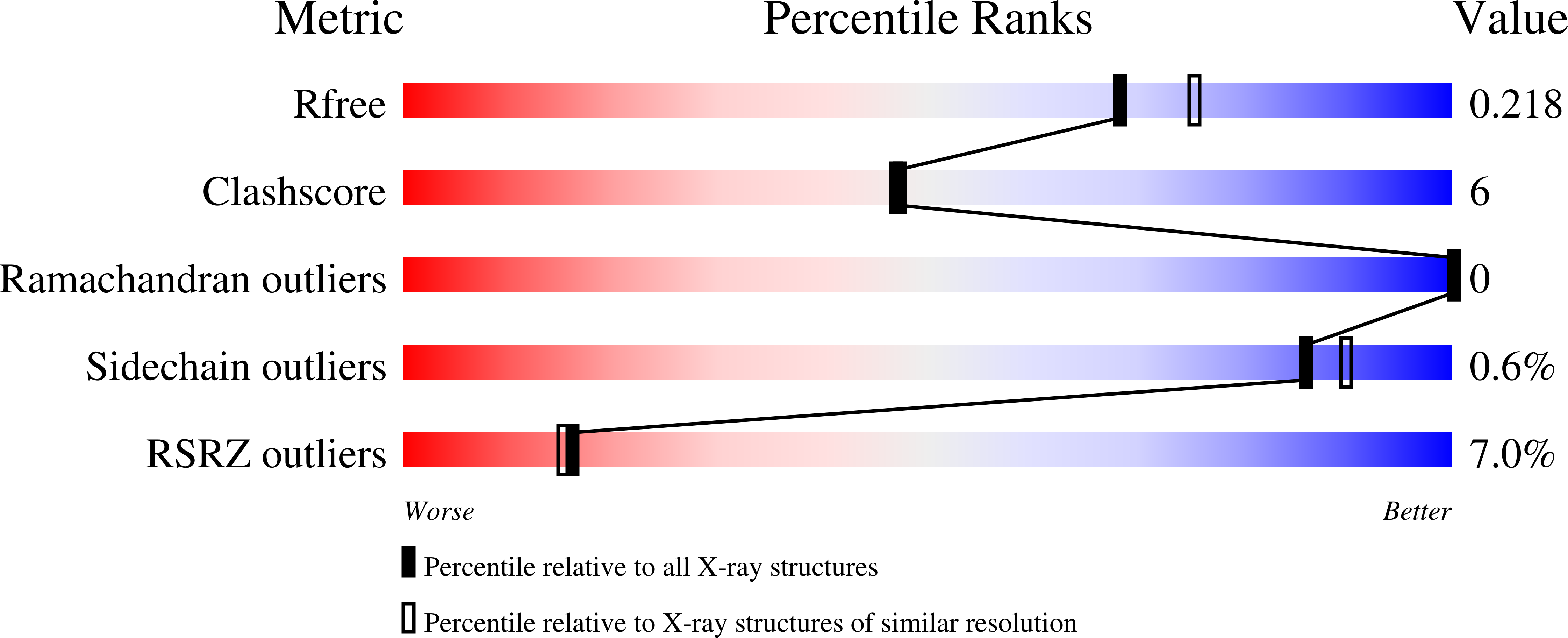
Deposition Date
2020-10-26
Release Date
2021-02-03
Last Version Date
2024-11-06
Entry Detail
PDB ID:
7KJH
Keywords:
Title:
Plasmodium falciparum protein Pf12p bound to nanobody B9
Biological Source:
Source Organism:
Vicugna pacos (Taxon ID: 30538)
Plasmodium falciparum (Taxon ID: 36329)
Plasmodium falciparum (Taxon ID: 36329)
Host Organism:
Method Details:
Experimental Method:
Resolution:
2.00 Å
R-Value Free:
0.21
R-Value Work:
0.18
R-Value Observed:
0.18
Space Group:
P 21 21 21


